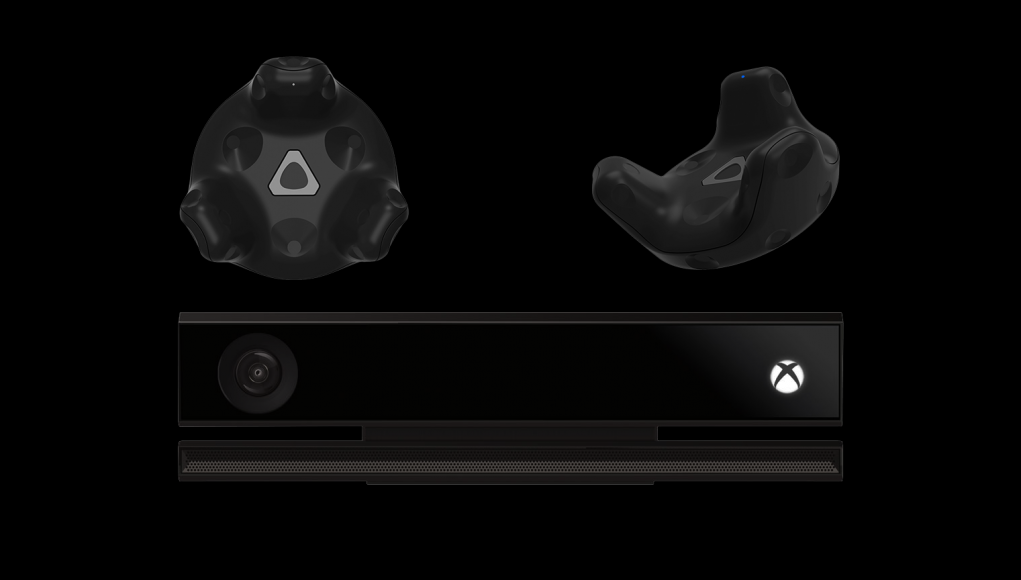A new SteamVR mod from the developer behind WalkinVR now allows body tracking by emulating Vive Trackers via Kinect’s motion sensing data, enabling an inexpensive solution for full body motion tracking in VR. The driver, available at the official Driver4VR site, works for both Rift and Vive when running SteamVR; this could be particularly interesting for Rift users, as Oculus currently offer no ‘Vive Tracker’ equivalent.
Since the launch of the Vive Tracker earlier this year, impressive full-body motion capture has been demonstrated through the use of three Tracker units, in combination with the two tracked controllers and headset. But at $99 each, this is another expensive upgrade for VR gamers; only a small selection of VR titles have enabled full-body functionality, such as Tornufallo, The Path of Greatest Resistance and Climbey.
Driver4VR’s emulation of three Trackers using a single Kinect makes for a much more affordable solution for both Vive and Rift users. Microsoft’s hardware is easily the most widely spread and inexpensive full-body tracker on the market (now priced at just $45 [Amazon], plus $40 for the PC adapter [Amazon]), and has proven to be an invaluable tool for many developers experimenting with VR.
This is the second project from Grzegorz Bednarski, the developer behind the WalkinVR driver for people with physical disabilities. As shown in the setup video above, the Driver4VR installation is simple, with calibration steps to align the virtual trackers to Kinect data. While there are apparently no problems with Oculus’ ‘constellation’ tracking, the Kinect’s infrared projector can interfere with the Vive’s tracking—particularly the newer ‘Kinect 2.0’ model for Xbox One. Some users are finding success with both models, but the developer recommends Vive users use the original Kinect [Amazon] (rather unfortunate as Kinect 2.0 is more accurate).
For now, Driver4VR has some limitations, as it only works effectively when facing directly towards the Kinect sensor, and the accuracy is significantly lower than using real Vive Trackers. Bednarski has plans to improve the tracking quality, and is testing the feasibility of using wearable LED bands to increase the precision, as well as using two Kinects for 360 tracking.







